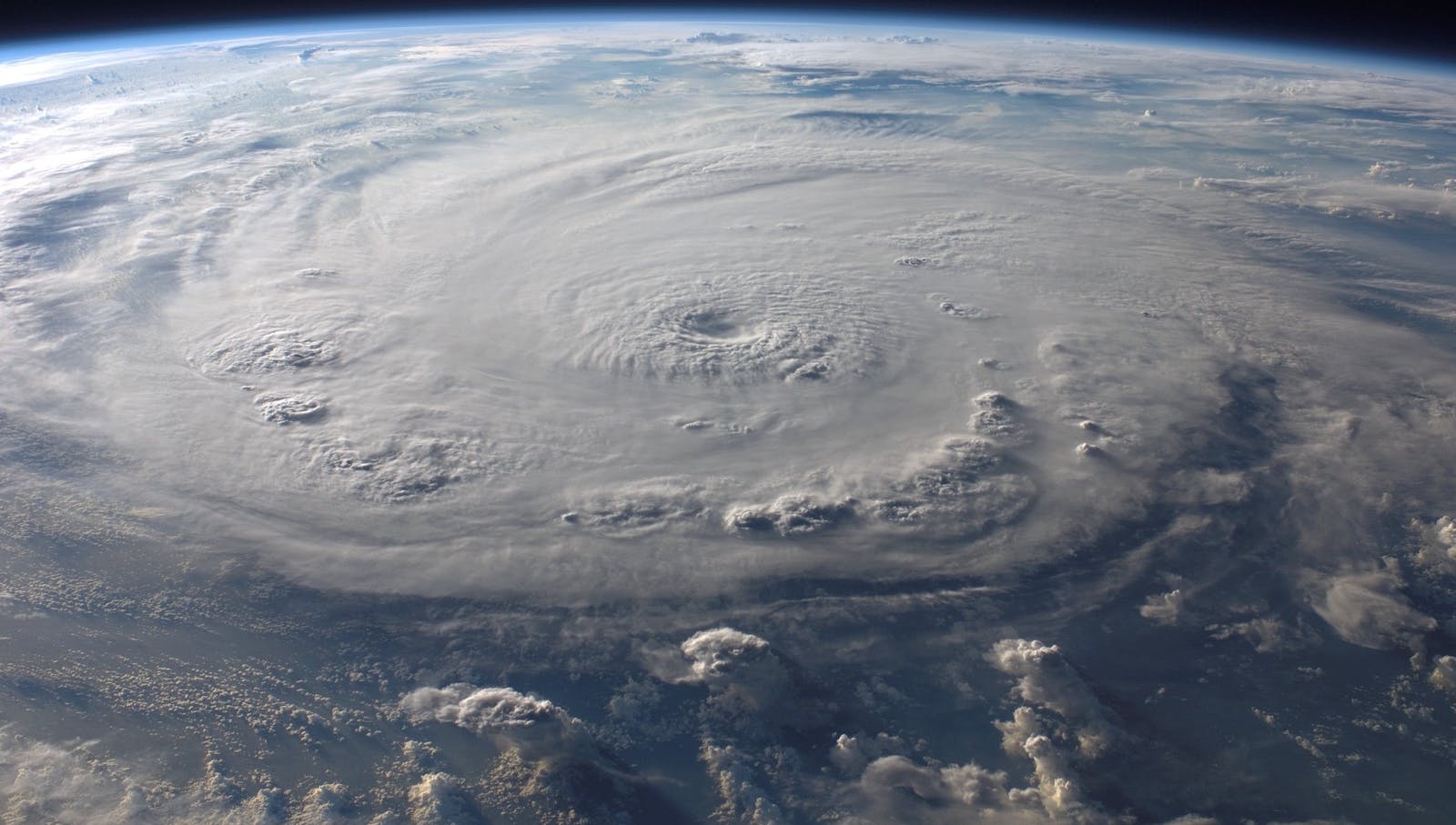KEY TAKEAWAY:
--When a storm approaches, it is important to be aware of how vulnerable you are to its impact. Don't just rely on weather predictions. Familiarize yourself with your area's evacuation orders and routes established by local authorities to ensure a safe and fast evacuation, if necessary.
----------
With the 2023 Atlantic hurricane season underway and running until November, early indications pointed to a slightly below-average season this year. However, with El Niño conditions present and their effect on storms still unfolding, uncertainties remain, with the potential for an active season.
A single storm, like Hurricane Ian in 2022, can cause catastrophic damage, and the National Hurricane Center in the U.S. advises that preparations should not be based on seasonal forecasts. Developing a well-defined preparedness plan is crucial to mitigate damage from hurricanes and other extreme weather events.
Understanding Storm Risks
Storms come in various forms, such as hurricanes, tornados, cyclones and harsh winter conditions, and the possible damage from intense storms includes flooding, falling trees and damage to rooftops, automobiles and powerlines. It is essential to recognize the specific storm risks in your area and take steps to mitigate them.
Knowing Your Zone
When a storm approaches, it is important to be aware of how vulnerable you are to its impact. In the U.S., the National Hurricane Center advises to "Know Your Zone," which means knowing your evacuation orders based on the potential threat, rather than relying on weather predictions. Familiarize yourself with your area's evacuation orders and routes established by local authorities to ensure a safe and fast evacuation, if necessary.
See also: Weather Science Supercharges Solutions
Creating an Emergency Plan
To minimize loss and ensure your safety, your plan should include actions to take during, before and after the storm. Consider implementing the following when developing your emergency plan:
- Training: Provide comprehensive training for your household or business on storm preparedness. This includes understanding evacuation procedures and protocols given by authorities, emergency communications and first aid instructions. You can also conduct emergency drills to ensure your employees are familiar with the protocols, including where to evacuate.
- Building inspections: Regularly inspect your premises to identify and address any vulnerabilities. Check the structure of the building, secure loose objects and reinforce doors and windows.
- Anchoring equipment: Anchor or relocate vulnerable equipment and other shelf items to safer areas or off-site storage spaces.
- Protecting windows: Install hurricane or storm shutters to act as a barrier against wind from a storm. Window security film can also be applied to the inside of windows to help keep them intact during a storm.
- Flood protection: If your building is in a flood-prone area, install flood barriers, move electrical objects to a higher area and ensure proper drainage systems are installed.
- Salvage and recovery: Develop a plan to salvage and recover vital assets and documents in the aftermath of a storm. This includes having procedures in place for drying equipment and for temporary storage.
- Damage assessment: Establish protocols for conducting thorough damage assessments after a storm. Immediately documenting and reporting any damages to insurance providers will help expedite the claims process.
A single storm can cause catastrophic damage, but by understanding the risks associated with storms, knowing evacuation orders and creating an emergency plan you can mitigate the many negative outcomes that come from severe storms. If you are in the U.S., visit National Hurricane Preparedness for more information about your risk and how to develop an evacuation plan.







